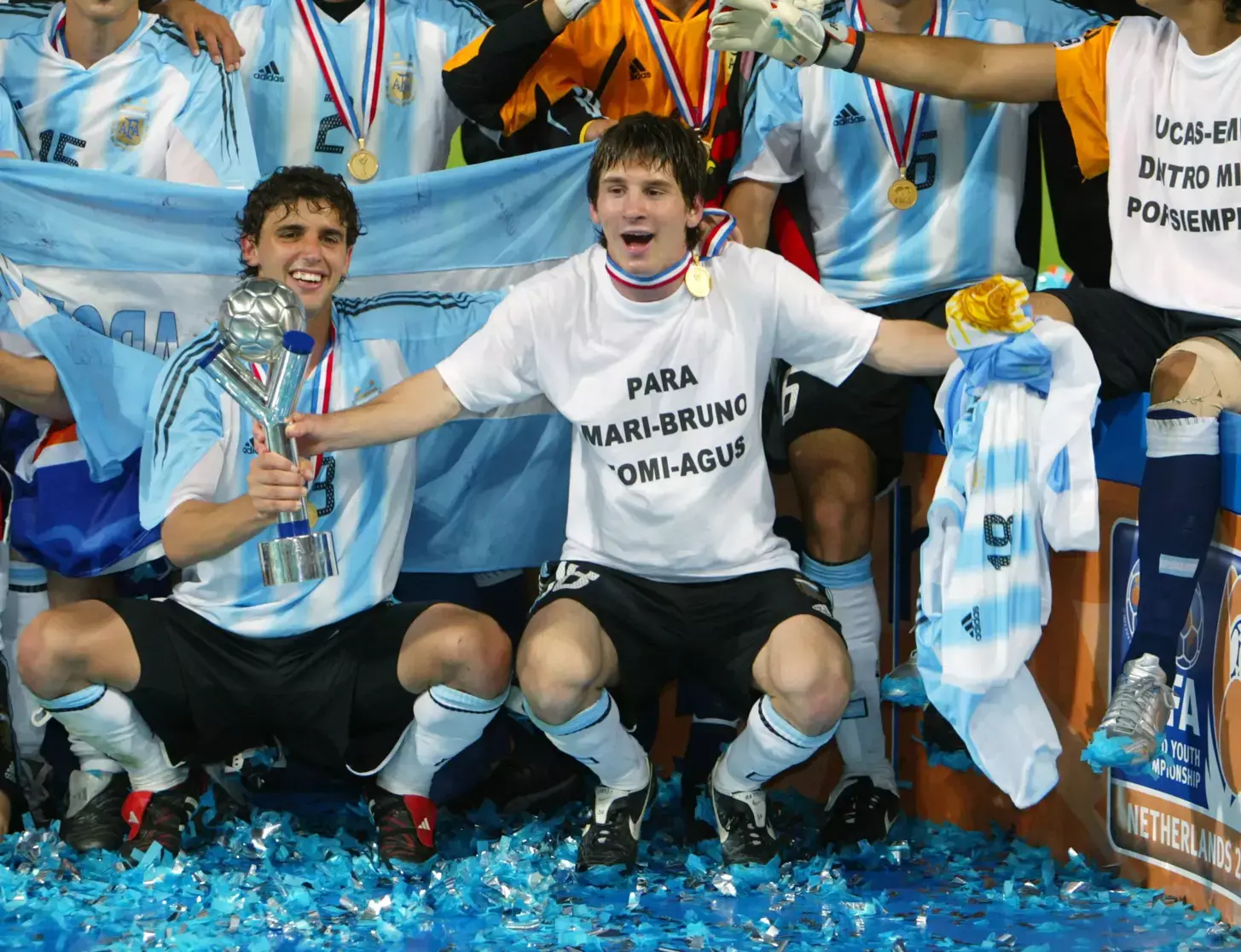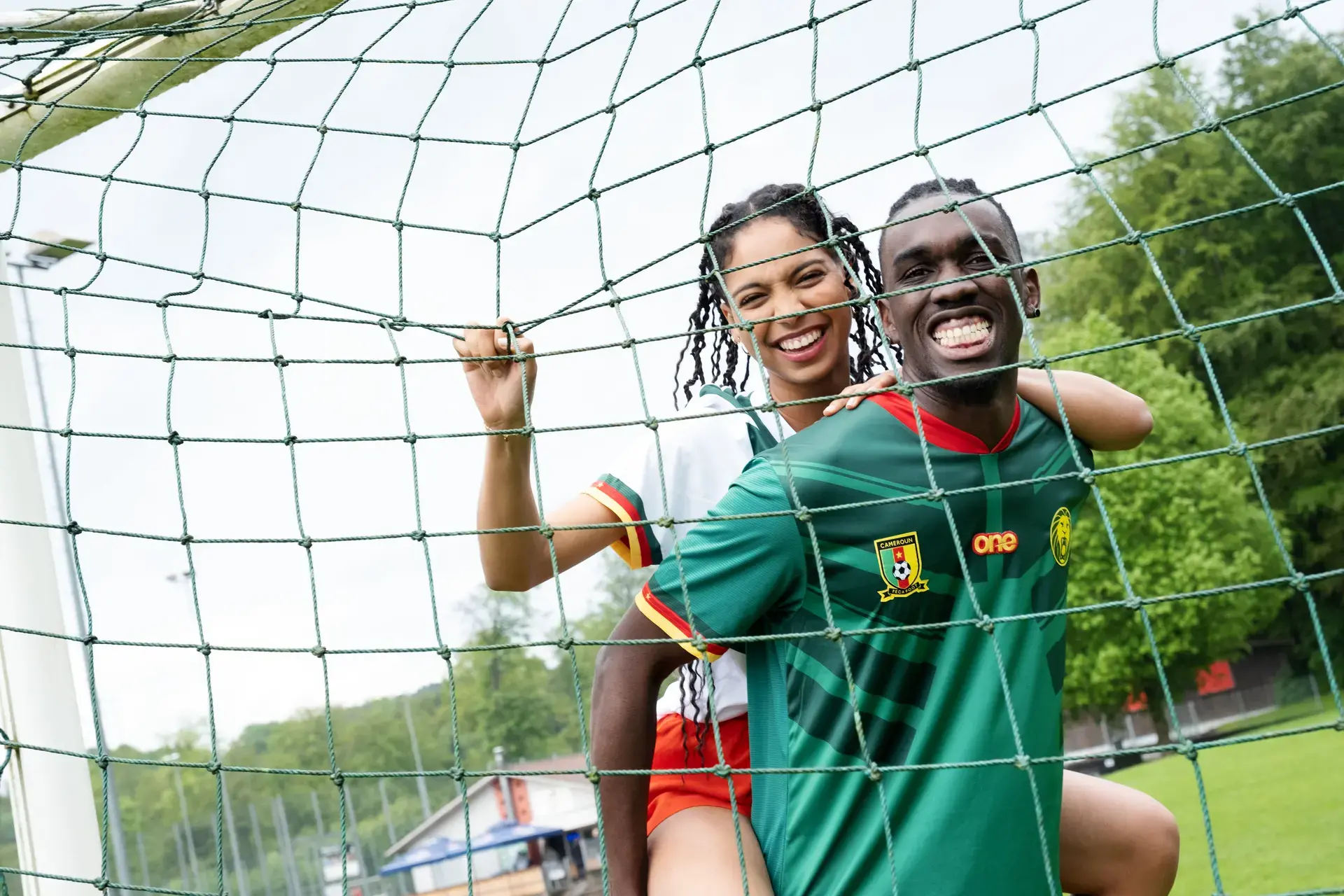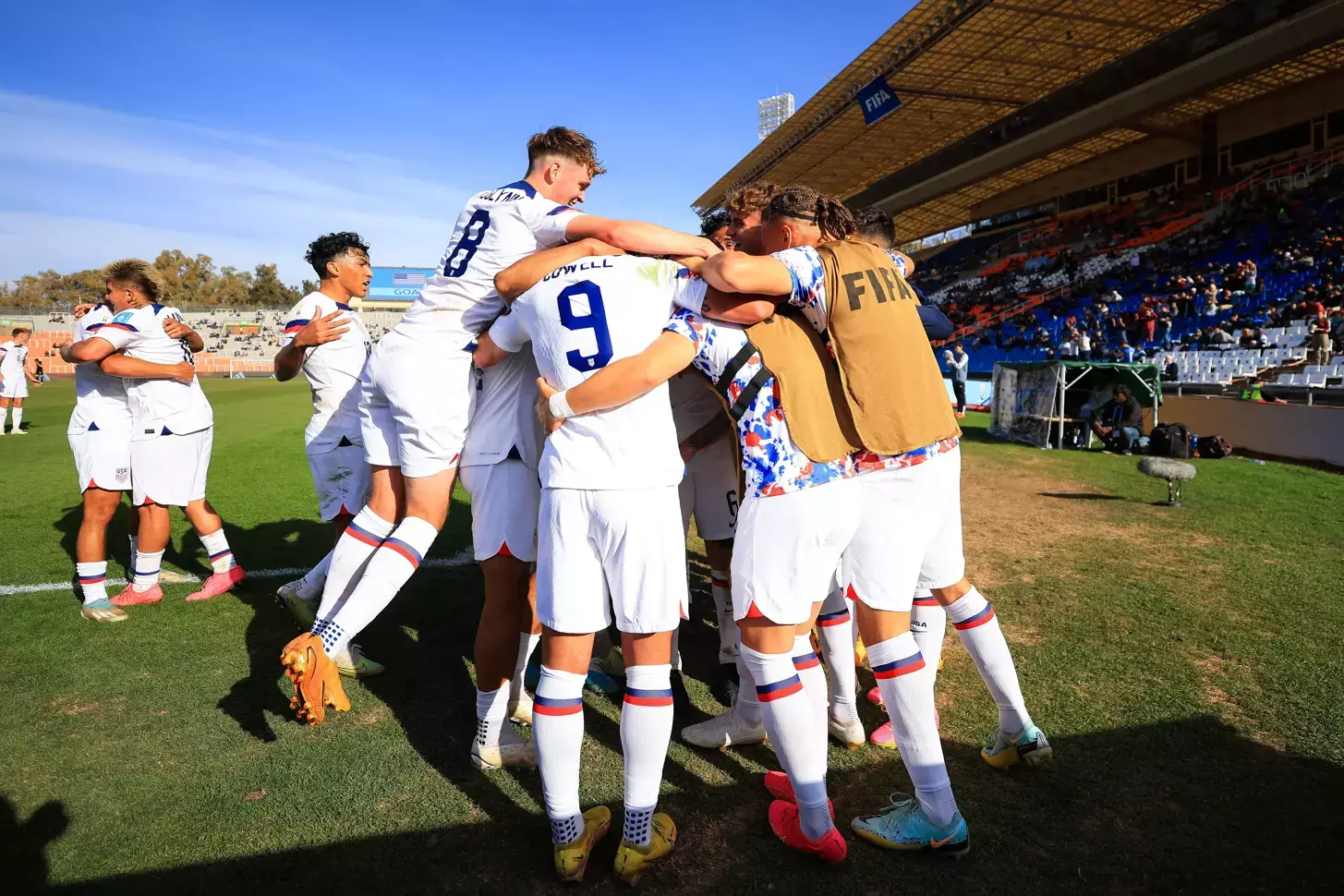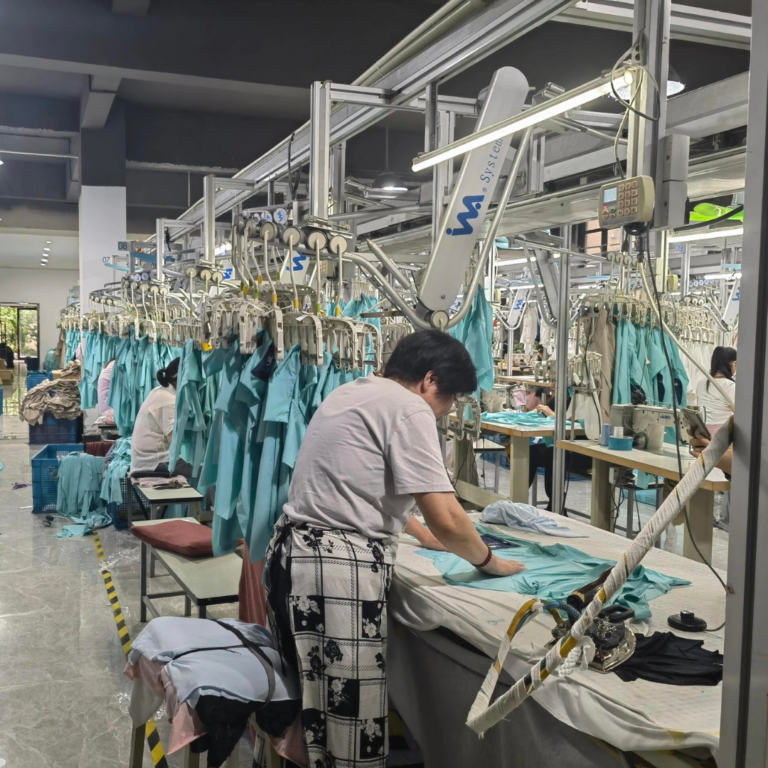Introduction and Overview of Clothing Comfort and Evaluation
In the current social environment, clothing serves more than just everyday needs; its social functions are increasingly recognized. To help athletes overcome bottlenecks during their preparation stage, professionals have begun to study the relationship between clothing comfort and football game performance. Through research and analysis, they aim to understand this relationship better with the hope of enhancing athletes’ performance and increasing the winning rate of football games.

Primary Factors Influencing Clothing Comfort
In recent years, there has been growing attention to the development of the sports industry, with football events gradually receiving more focus, including school football games. These games are often organized by educational institutions and involve a diverse range of formats. Typically, the majority of participants are students. Despite the general approval of this form of activity by teachers and students alike, there are still some shortcomings in its organization.
Dependence on Clothing in Current Societal Context
With the increasing frequency of these events, many students participating in the games need to prepare appropriate sportswear. However, due to the rapid physical growth of adolescents, the lifespan of many pieces of sportswear naturally becomes shorter. In this context, when new sportswear is not available on time, many students face issues with ill-fitting uniforms during football games.
Thermal Properties of Clothing Materials
Moreover, many employees involved in clothing design often overlook the requirements of body movement on clothing size when students participate in football games. Providing as comfortable sportswear as possible for students is the only way to avoid performance issues due to inappropriate clothing design, which can impact the overall game results.
Water Absorption of Clothing
Apart from this, as mentioned in the book “Clothing Comfort and Evaluation,” the heat dissipation effect of clothing also affects the comfort of wearing. It shows that clothing comfort is influenced by many factors. Therefore, staff preparing clothing for school events need to communicate these relevant information to designers. The designers should then adjust their design plans according to the actual situation, focusing on enhancing the comfort of students’ clothing and contributing to their performance on the field.

Theory Verification through Data Modelling
It’s worth noting that before designers adjust the design plan of sportswear, they need to systematically organize the factors that need to be considered in their design work. They should aim to improve students’ satisfaction with clothing, speed up their design process, and submit the design plan to the relevant production department in the shortest time possible. This allows enough production cycle for the clothing production workers and avoids delays in the completion of clothing due to untimely submission of their own design plans. This can help to prevent increasing waiting times for students and avoid affecting their mood in participating in football games due to a lack of adequate backup clothing.
Comfort and Warmth at Different Temperatures
“Comfort and Evaluation of Clothing” primarily discusses the relationship between the environment and clothing, emphasizing the impact of external factors related to clothing on people’s daily activities, providing reference for designers’ work. The first part mainly expounds the main factors affecting clothing comfort. The second part mainly discusses from a physical perspective the dependency relationship between people and clothing in the current social environment. The third part mainly discusses the heat transfer performance of clothing fabrics, selecting some clothing as test objects, comparing the heat energy values and clothing’s heat dissipation effect produced when people of different age groups wear the same style of clothing, thus strengthening the author’s viewpoint, proving that clothing has a certain impact on the body’s heat dissipation process. The fourth part mainly discusses the water absorption of clothing. In order to obtain more accurate data, the author conducts precise calculations on the breathability and water absorption of clothing according to related materials, and verifies the authenticity of the data with test data, believing that the sports effect of people during exercise will be affected by the breathability and water permeability of the clothing they wear. The fifth part is based on a data model. On this basis, with experimental data as a reference, it verifies the theoretical content mentioned by the author in the fourth part of the book. The sixth part mainly discusses the difference between warmth and comfort felt by people wearing clothing at different temperatures. In fact, not only will the fabric of the clothing affect the comfort of the wearer, but people will also have different feelings when wearing the same style of clothing in different temperature environments, all of which will affect people’s dressing experience.
Emphasis on Humidity and Heat in Clothing Comfort
It should be noted that the book mainly emphasizes the wet heat of clothing and the comfort it brings to people in the third and fourth parts. In fact, in a football match, the comfort of an athlete’s clothing is also related to its humidity and heat. Data research reports show that whether the sweat secreted by human skin can evaporate at the first time has become the first factor affecting clothing humidity, of course, this conclusion assumes that the clothes are not yet completely dry. In the process of exercise, with the increase of athletes’ movements and exercise duration, the sweat secreted by the body will gradually increase, and because they occur in the exercise environment, these sweats usually come into contact with clothing, thereby increasing the intersection area between sweat and clothing, causing the athlete’s clothing state to change from dry to wet. Although there are many styles of sportswear on the market for athletes to choose from, including those with good breathability, because football is different from other sports, athletes will be affected by certain factors when choosing clothing styles, and the selected clothing has certain restrictions, so not all football players have the objective conditions to wear breathable sportswear. Many sportswear designers, in order to provide football players with breathable clothing, focus on improving the style of clothing, continuously adjust the clothing design plan for athletes, increase the looseness of clothing patterns, and try to increase the heat dissipation and breathability of clothing. Affected by the way of exercise, the fabric of the clothing worn by football players during the game is usually less elastic, and it is relatively loose in the sleeve, elbow and other active areas. Such clothing styles can reduce the contact between clothing and the body as much as possible without affecting the normal activities of athletes, thereby reducing the humidity of clothing, giving enough space for the skin to fully contact with the air, speeding up the evaporation speed of sweat, avoiding the decrease in comfort of athletes wearing sportswear due to the adhesion of sweat and clothing, affecting athletes’ game mood and reducing their performance on the field. According to “Comfort and Evaluation of Clothing”, among the factors affecting the comfort of sportswear, humidity and heat occupy the main position.

Sportswear Comfort and Impact of Humidity and Heat
Current experimental data indicate that among the relevant factors affecting the humidity of sportswear, whether the sweat produced by athletes during the game can evaporate in time is just one of the factors, another important factor is whether the fabric chosen by the manufacturer when producing the clothing has enough water absorption. At this stage, there are countless production fabrics in the clothing industry. Even the same type of fabric may have some differences in breathability and water absorption due to different materials used. In addition, clothing humidity is also related to objective factors such as weather and air humidity. Therefore, if designers want to improve the comfort of sportswear, they not only need to optimize the design plan of clothing styles reasonably, but also need to strictly control the selection process of clothing fabrics, improve the comfort of sportswear effectively through multi-faceted regulation, and ultimately serve athletes, contributing to athletes achieving better results on the field.
Clothing Selection and Design Challenges in Sports
To effectively enhance the comfort of athletes wearing sportswear during competitions, those involved need to reasonably control the design process and production. They also need to take certain measures to improve the comprehensive performance of clothing, such as its warmth and compressive strength, to increase the satisfaction of athletes with their clothing. Improving the thermal performance of sportswear does not mean increasing its thickness. Sportswear differs from other types of clothing, and overly thick garments are not conducive to athletes’ performance on the field. To effectively increase the thermal performance of sportswear without adversely affecting the athlete’s movements, designers need to choose the right fabrics and carefully select the knitting methods of the fabrics to solve the problem of cold resistance from the source.
Improvements in Sportswear Design for Enhanced Comfort
In the existing technology of the Chinese textile industry, besides increasing the thickness of clothing, the cold resistance function of clothing can also be improved by increasing the density of the clothing fabric. According to relevant experimental data, the principle of the prevalent down jackets in the cold regions of China is to prevent contact between the body and cold air by the intermediate zone formed by the down, thereby improving the cold resistance of the clothing. In sports events, soccer players have a large field of activity. During the entire competition, the players move extensively. Overly bulky clothing can meet their cold resistance needs, but at the same time, it restricts their performance on the field. Therefore, without increasing the thickness of the clothing, sportswear designers need to increase the density of the fabric to enhance the isolation effect of the clothing, reduce contact between the body and the outside air as much as possible through the wrapping of clothing, so that people do not feel the cold air outside the clothing, ultimately improving the thermal performance of the clothing.
Factors Influencing Sportswear Comfort: Sweat Evaporation and Material Selection
Apart from the thermal performance of the clothing, another important factor affecting the comfort of the clothing for soccer players is whether the cutting method of the clothing complies with ergonomics. When athletes are on the field, their competitive state will be affected to some extent by the cutting method and design of the clothing they wear, and the final results will naturally be affected. Relevant experts say that the trajectory of an athlete’s movement on the field can be traced, and in most cases, most athletes cannot make movements that violate the principles of ergonomics. In other words, no matter how strong an athlete’s physical ability, they cannot reverse the maximum bearing capacity of the human body. The aim of clothing cutting and design is to comply with ergonomics and serve the athletes’ competitions to the greatest extent. In addition to the cutting method, the weight of the clothing is also related to the comfort of sportswear. When the total weight of the clothing exceeds the pressure range that the body can accept, it will slow down the athlete’s action speed and even affect the athlete’s performance during the competition. Therefore, when designing clothing, designers need to consider not only whether the choice of clothing fabric is reasonable, but also strictly control the total weight of the clothing to avoid athletes becoming fatigued too early in the game due to overly heavy sportswear, which affects the performance of football players and ultimately the game results.
Strategies to Enhance Sportswear Comfort for Athletes
In the process of social development in Europe, there is an interdependent relationship between various industries, such as the clothing industry and football games. At present, as people’s attention to the sports industry continues to increase, in order to further improve the performance of athletes, professionals have started to study the clothing worn by athletes during competitions, attempting to propose corresponding strategies through systematic analysis to improve the comfort of sportswear. This allows athletes to have a more comfortable experience on the field, effectively improves the results of football games, and promotes the mutual development of the European sports industry and the clothing industry.



